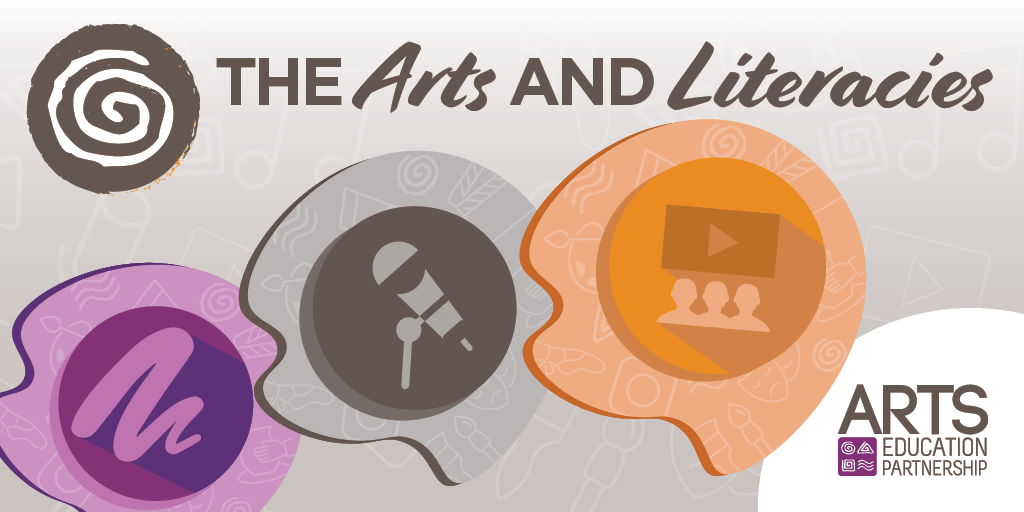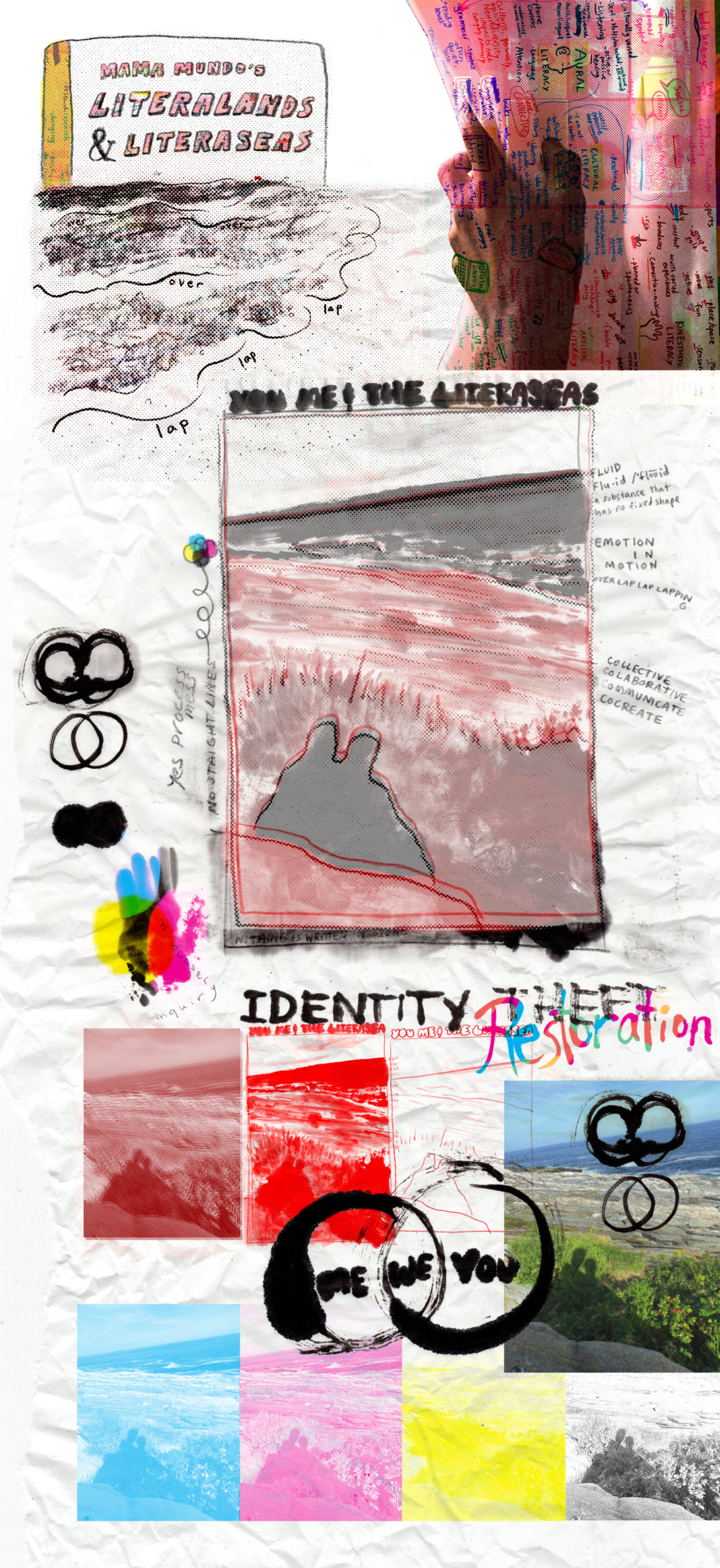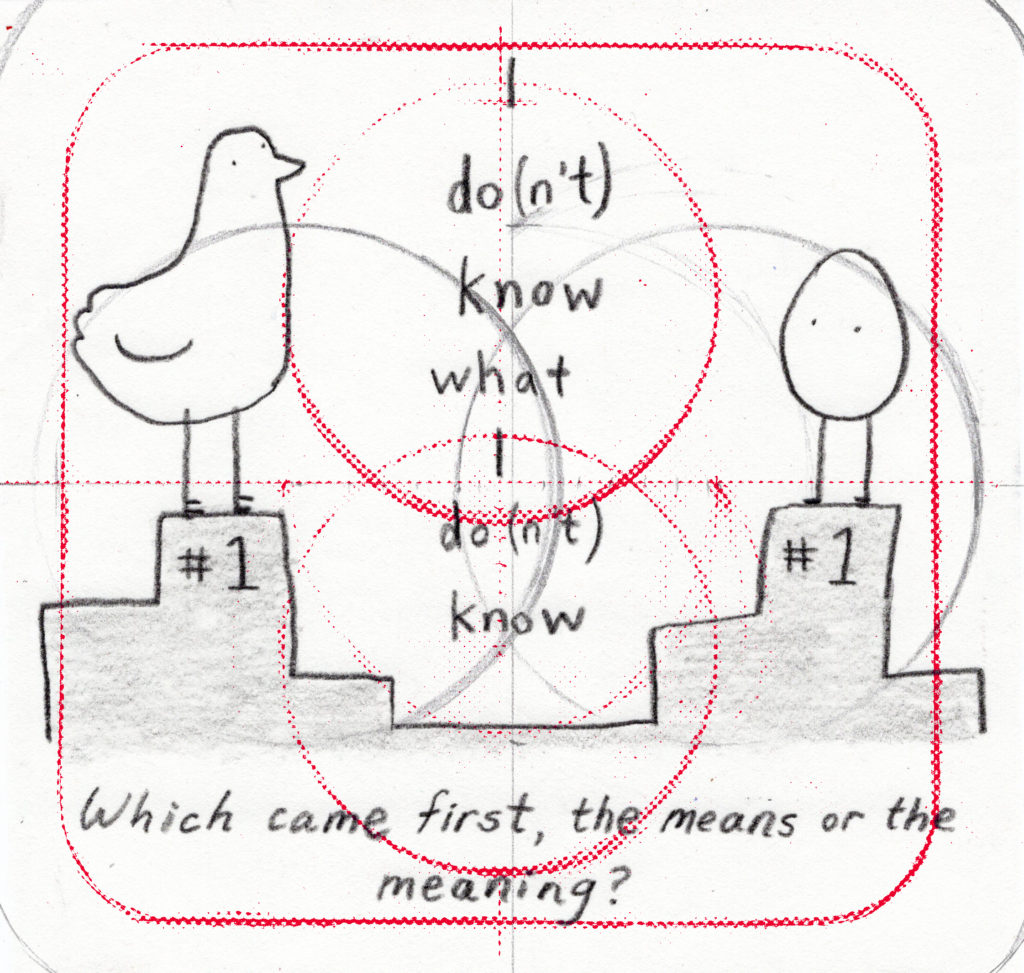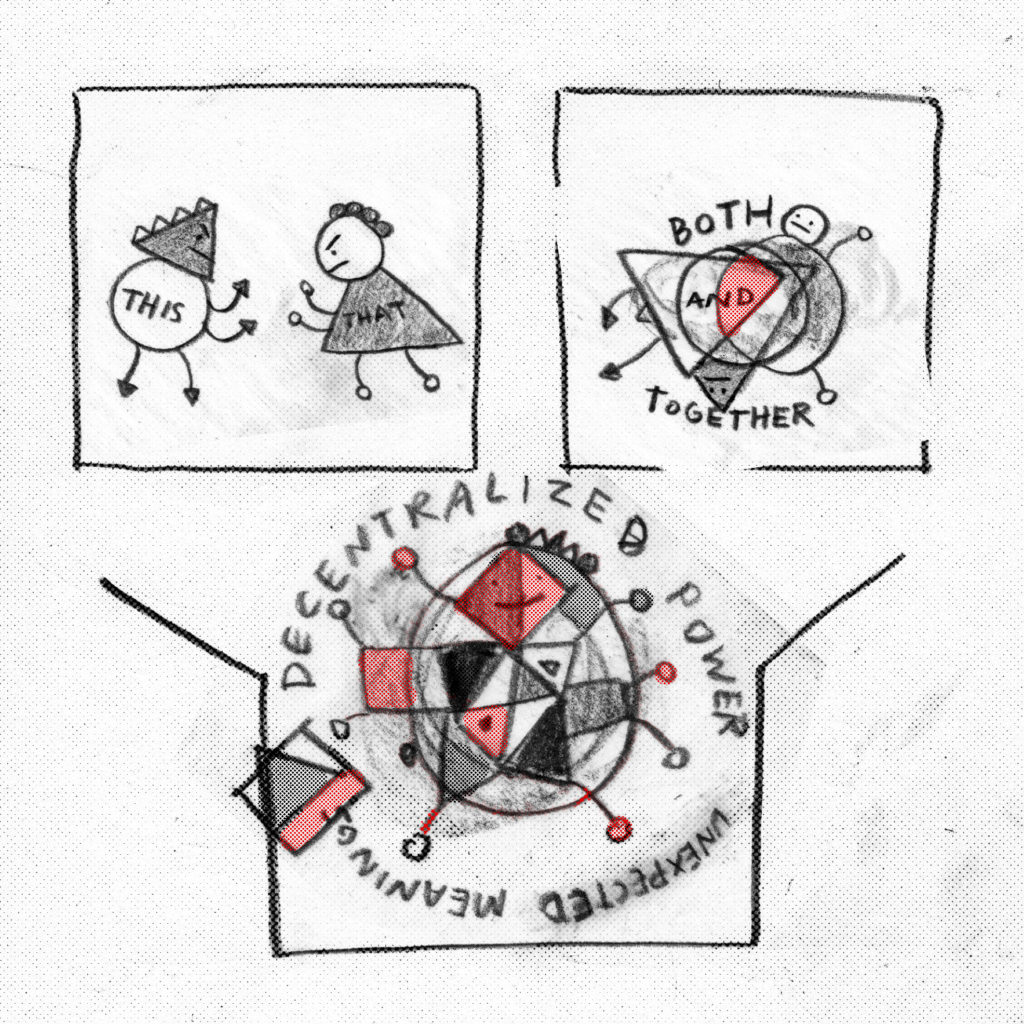Connecting, Decoding and Experiencing Arts Education and Literacies

Background
In late 2020, the Arts Education Partnership began exploring intersections of arts education and literacy. While connections between the two topics have been researched and discussed, they often focus narrowly on the impacts of arts learning on reading and writing. From the beginning of our work, we wanted this project to expand the narrative of literacy to be inclusive of the different ways people make meaning, beyond just reading and writing. The arts education field is active in supporting a broad concept of literacy and we sought to bring together a group of people to build on this work and surface different perspectives across communities and fields.
Over the course of this project, we hosted a series of Thinkers Meetings in which AEP engaged with experts and leaders working in the arts and education fields with the goal of helping to better inform education and policy leaders across the country. While broadening the concept of literacy was central to the project, the initial meetings prompted us to shift and expand our original research approach.
Through our small-group Thinkers Meetings, the idea of literacies to create meaning in the world and among different people began to emerge. Literacy exists in multiple forms, including artistic, aural, digital, kinesthetic, oral and text-based —and because of this, people can develop multiple forms of literacy throughout their lives. The Thinkers unpacked these ideas to consider the ways different literacies, experiences and disciplines help learners build meaning both independently and collectively. As a result of their work and deliberation, they provided us with a starting point to develop an exploration of inclusive literacy that is supported by arts education and that allows individuals to learn and grow throughout their lives.
Through processing the Thinkers’ contributions, it became clear that despite our focus on expanding the concept of literacy beyond text, we were still trying to communicate through text. To share ideas of decoding and fluidity, as well as the validity of culture and experience in learning spaces, AEP engaged teaching artists in the meetings and invited them to create art based on their reflections and experiences from the meetings. The addition of art provides another way for visitors to the resource to make meaning of the content.
Current + Future Work
This week, we published The Arts and Literacies — an interactive and responsive resource that is a first-of-its-kind for AEP. Through art, text, visual graphics and inquiry questions, its intent is to allow visitors to engage multiple literacies when exploring the concepts presented by the Thinkers. Individuals working across arts education have shown us that the arts have lasting, positive impacts for learners, and our hope is that this resource reflects the expansive impacts of arts learning in multiple ways by continuing to highlight the relationships between the arts and literacies.
The shared learning experience of creating this resource prompted us to continue our engagement and outreach on this topic. In an effort to welcome different perspectives and communities that were not part of the initial creation, the Thinkers emphasized the importance of adapting and updating this resource as we discover new insights and information.
As part of the work to grow this resource and engage with others, we plan to launch an Arts and Literacies Blog Post Series through which we will engage guest authors to expand on key ideas and topics we’ve already identified and explore others. This next stage of work will allow us to share more perspectives, insights and experiences with you.
Connect With Us and Others
We hope this new resource both resonates with your experiences in arts education and literacies and challenges you to think critically about the concepts presented. When exploring the resource, we encourage you to discuss your reactions and ideas on Twitter using @aep_arts and #ArtsEdLiteracies, and to share your insights and those of your communities with AEP. We look forward to learning and growing together as we work to expand this conceptualization of literacies.



